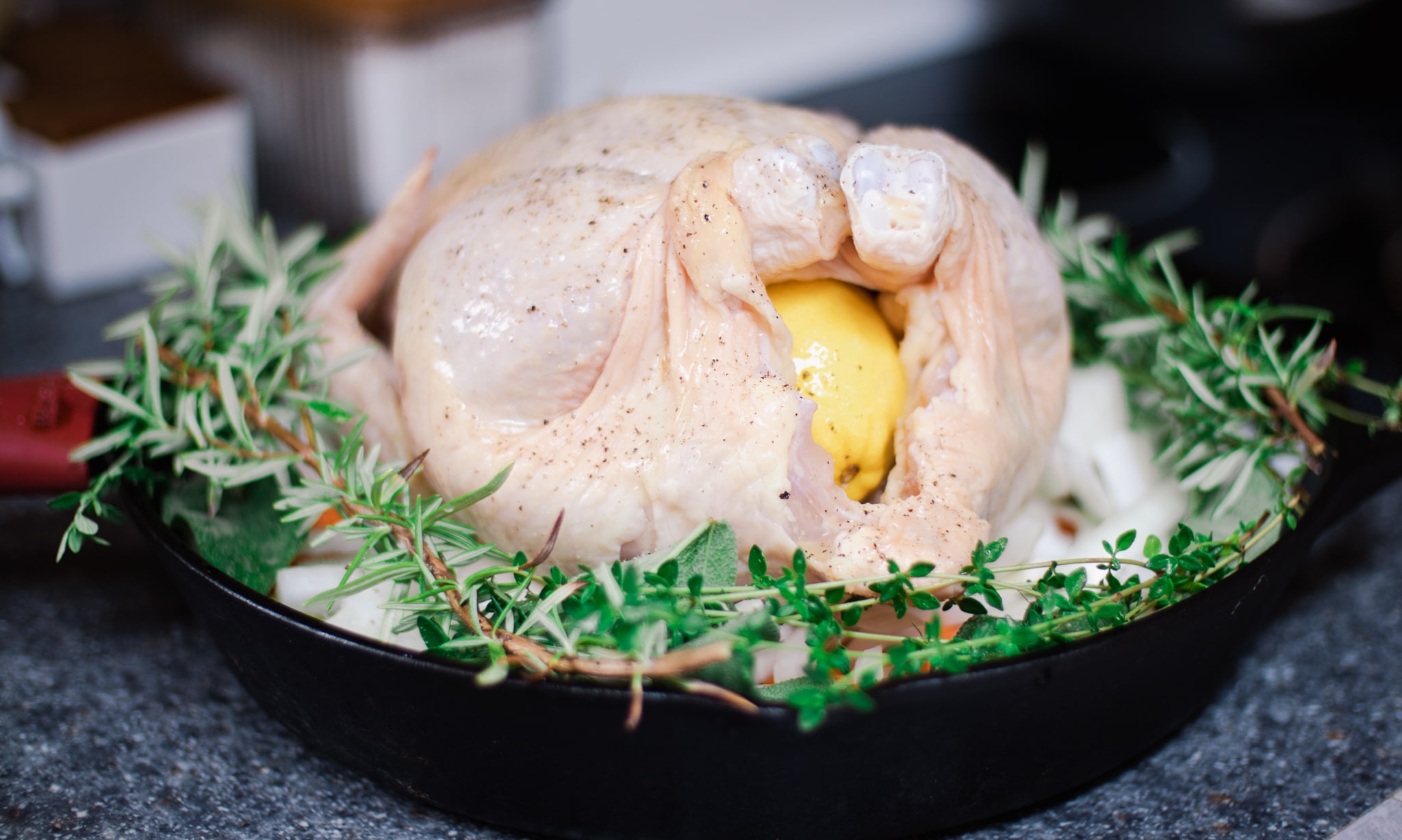
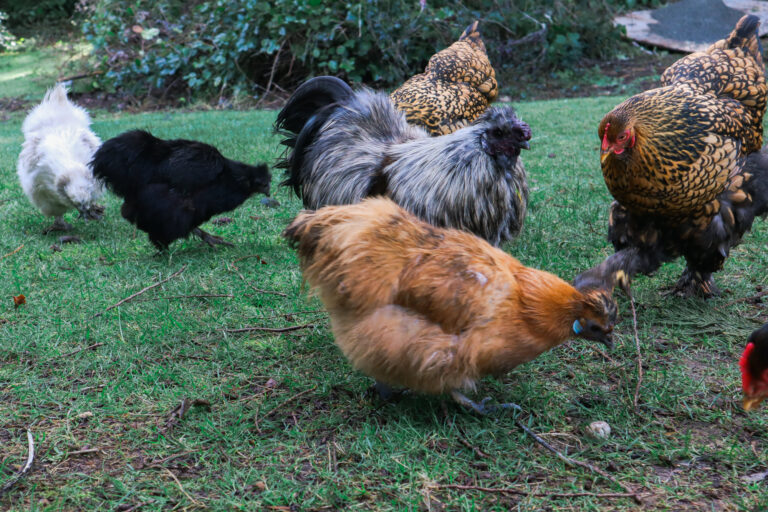
Backyard chickens are on the rise! Now people are starting to realize you can easily raise a small flock in even the smallest urban backyard. We have been raising chickens for a couple of years and we have really enjoyed learning about all of their little nuances. I know it can seem really intimidating bringing “livestock” to your backyard but they really aren’t much different than any other pet. If you treat them that way then they will be clean, friendly, and bring joy to your household. So here are 7 tips for raising baby chicks.
I’ll even admit I thought that was the craziest idea ever when I first heard it. Chickens really do come in the mail though. It’s not as scary or cruel as you think. Chickens get lots of nutrients from the yolk sac as they are hatching which means they can go 3-4 days post-hatching without food or water. The hatcheries package chicks up in a perfect size box so they don’t trample each other, but they are also cramped enough to stay warm. In the cold season, they even add a heat pack for them. This is why many hatcheries have minimum order size requirements. If you are looking for only 2-3 birds I recommend going together with a friend on an order or finding them at your local feed store. Often you’ll find the local feed store gets them from the same hatchery you were looking at.
I highly recommend Jenk’s Hatchery if you are in our local area, they always deliver quickly and have healthy birds. I also recommend McMurray Hatchery for a huge array of quality egg layers. The only problem for us on this side of the country is shipping can take too long, sometimes. McMurray is an awesome family-owned business, who will always take care of your order if something goes wrong. Whoever you order from, make sure they have a live arrival guarantee plus at least 24 hours.
Raising baby chicks is simple, but there are a few key requirements. Chicks need a brooder with some form of a heat source, food, water, and protection from the elements. Most people receive chickens in the early spring when it’s still pretty cold at night. So make sure you can keep them inside, on a deck, in the garage, carport, etc. There are tons of brooder ideas all over Pinterest and Google, but they really don’t need anything fancy. We keep ours in a carport. That means we need to keep them secure from rodents, other birds, and other predators like raccoons. The brooder will also need bedding of some kind. Pine is the most common recommendation versus cedar because it doesn’t hurt their respiratory system.
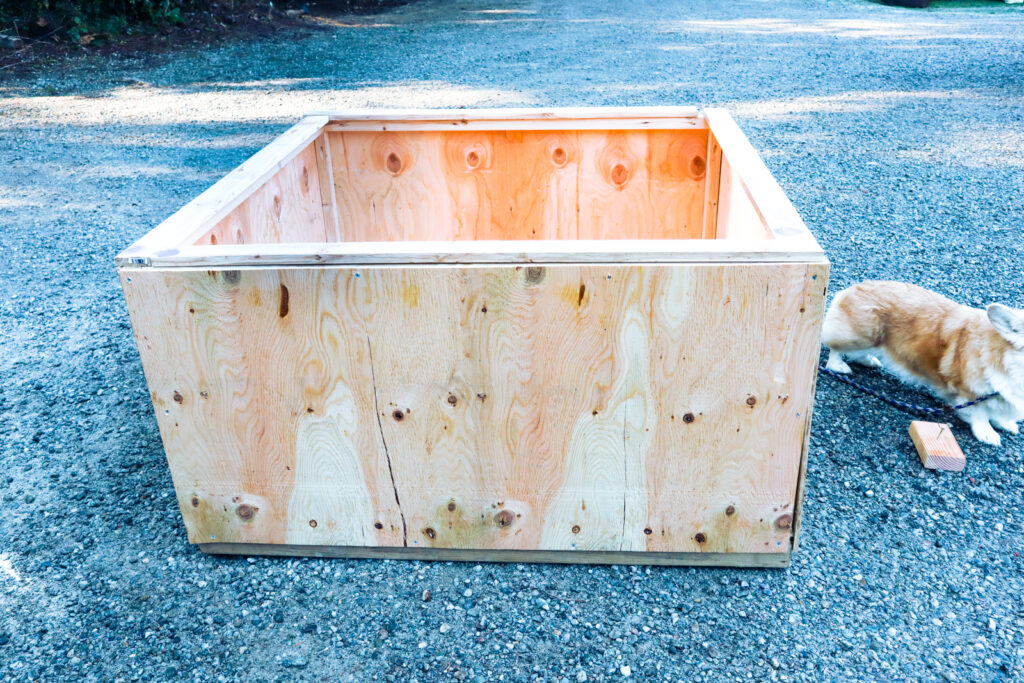
We have kept chicks, ducklings, and poults in plastic tubs, kid’s swimming pools, and our own homemade brooder. We prefer our homemade brooder box. It is a simple design that uses one and a half sheets of plywood and can easily hold up to 50 chicks until they feather out and are ready to go outside.
When getting started raising baby chicks you will find there is a lot of conflicting information regarding what a chick should be eating. Basically, it will come down to a personal choice. No matter if you choose organic, non-GMO, or conventional feed always begin with a chick starter. Chick starter is ground small enough for the chicks to eat and will provide them with a good healthy ration to get them going right. The other decision you will need to make is medicated vs. non-medicated. The medicated feed contains amprolium, which prevents and treats coccidiosis. Coccidiosis is a parasitic disease that infests the intestinal tract, more information can be found here. Again to use medicated feed or not will be a personal decision that should be made with a little more research.
Water! Probably the most important part. I love using “Magic Water” for my chicks. It was a recommendation I found years ago from Justin Rhodes of Abundant Permaculture. It contains 1 gallon of water, 2 cloves of crushed garlic (I keep reusing for a few batches), 1/2 cup of local raw honey, and 2 tablespoons of Raw Apple Cider Vinegar. I love this recipe because it gives them the added nutrients they need, plus promotes a healthy gut, and encourages them to drink that sweet water. Chickens can have this water for the rest of their lives, but typically they only use it the first week or two. Watch your chicks though, if they seem like they need a health boost give them some of this.
In short no, BUT they can really thrive with the right supplementation. All of our poultry that is in laying season and of laying age gets extra calcium from oyster shells and mealworms or soldier fly grubs. We also supplement with brewer’s yeast, especially the ducks, and grit. I prefer not to give anything but grit to young chicks because it’s harder for them to digest, and chick starter should be providing all of the nutrients they need. There is tons of information out there regarding other supplements like kelp meal, apple cider vinegar, garlic, etc. The other thing that is greatly beneficial to chickens is free-range grass, where they can get all of the bugs, grass, grit, and worms that they desire.
It’s a sad, but true reality. There are regulations on chickens, usually poultry as a whole, but it is entirely dependent on your locality. So check with your state, county, city, and homeowner’s association before bringing them home. Don’t let this discourage you though, many places have very specific regulations on poultry if they do have them, and often that means you can have at least a few hens. Do your research beforehand and you should be good to go.
A pullet is a female chick, under 1 year of age. Some breeds of chickens are easily sexed at birth based on color markings and are purchased already sexed. There is a lot of controversy regarding the sexing of chicken so if you do choose to purchase pullets only research where you are getting them from and how they handle sexing birds. Also purchasing pullets is never a 100% guarantee so if you don’t want or aren’t allowed to have a rooster then be prepared to make other arrangements for one if they start crowing.
Last of all, have fun! I have loved raising baby chicks and I am sure we will have many more to come. They don’t stay little chicks for long and the more you handle them the more friendly they will be. So take advantage of their young stage in the brooder. Our first batch of chickens was actually raised by my Mom and my son was only 2 at the time. He had such a blast helping care for those babies and handling all of them. So get the family involved and enjoy!

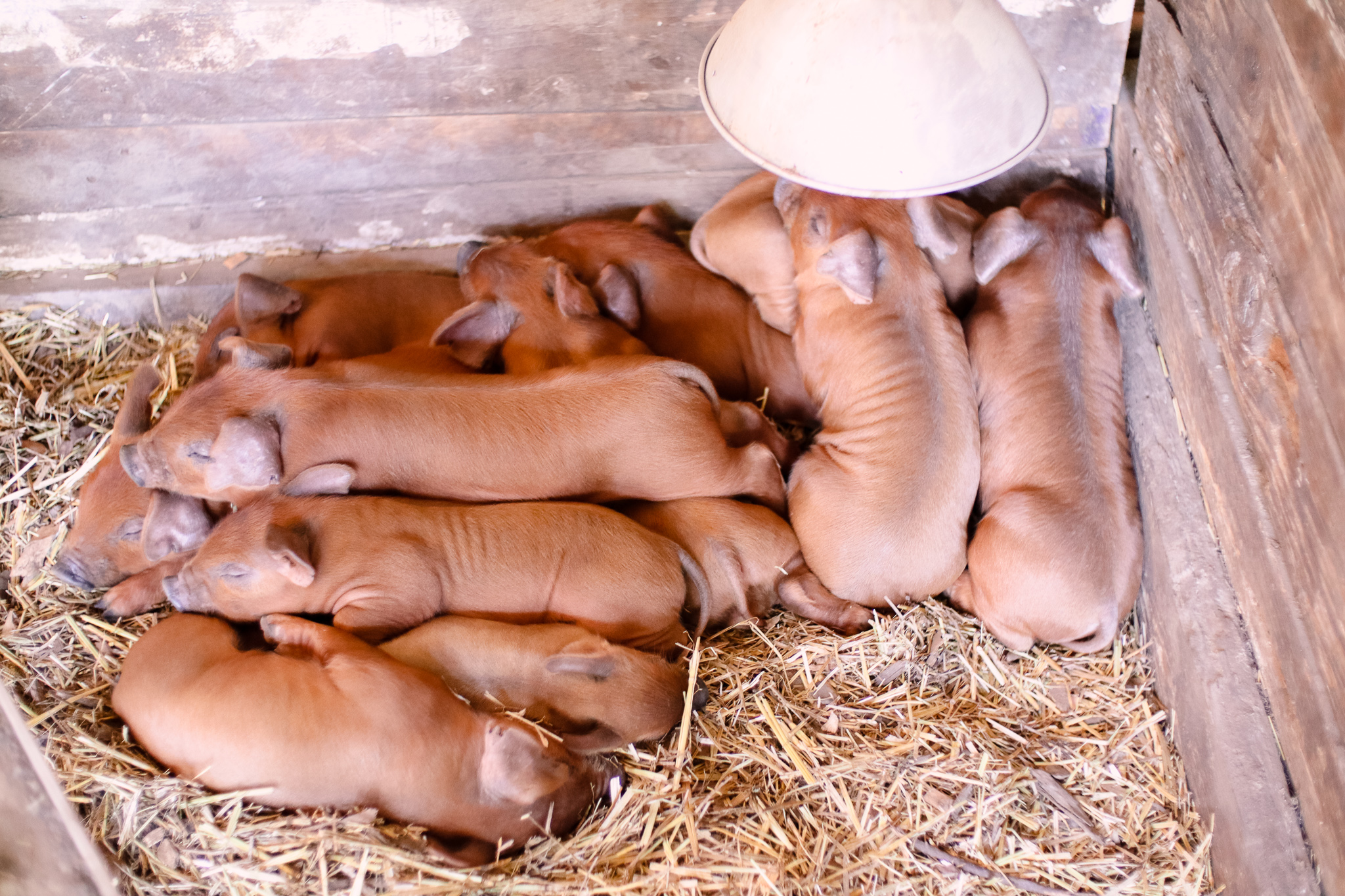

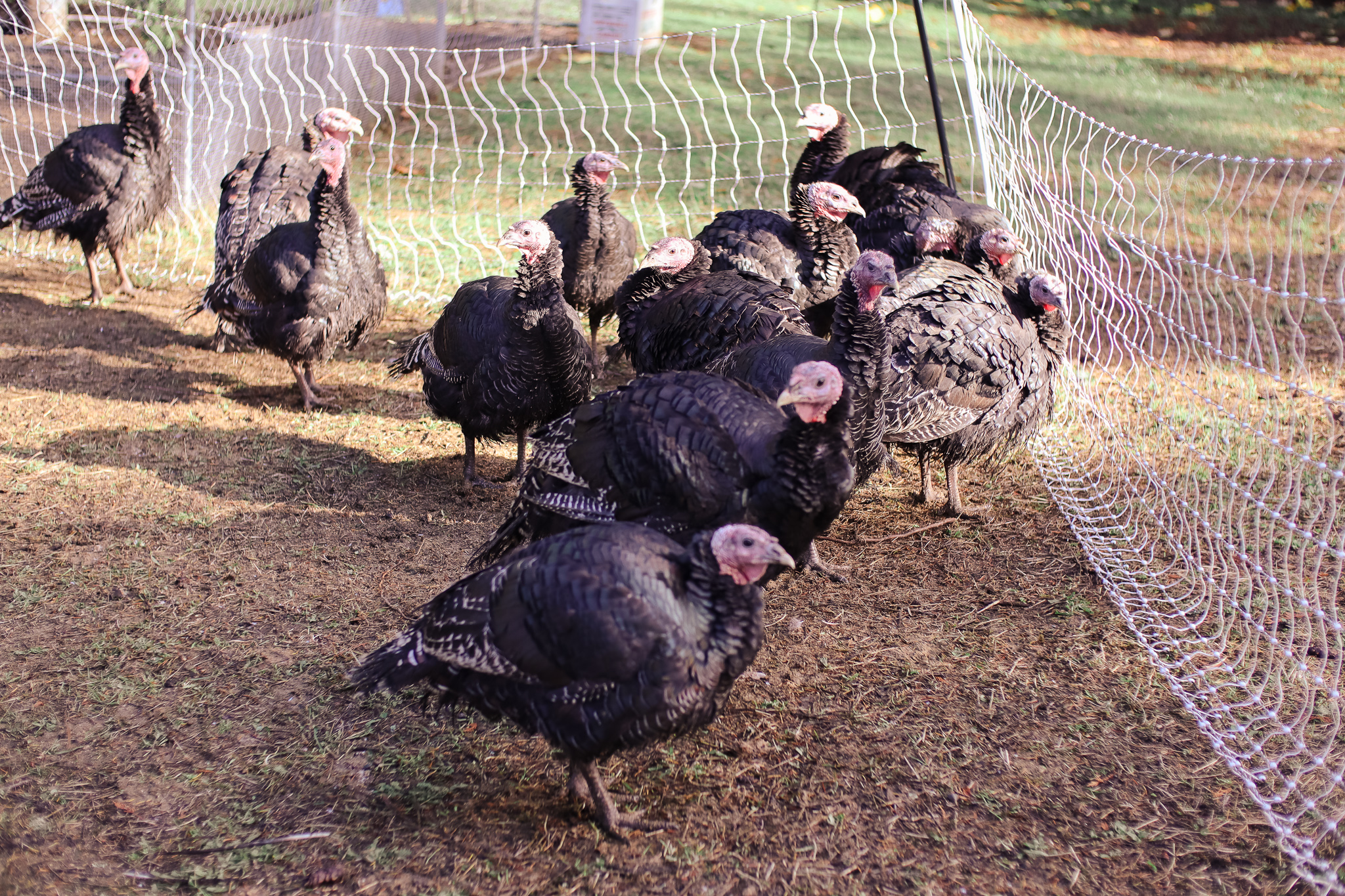
No spam, notifications only about current blog updates.
One Response
Thanks for the info. I will be using it. I’m starting my first little end house next week